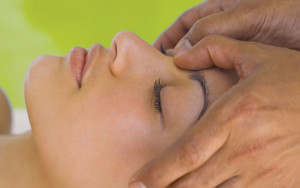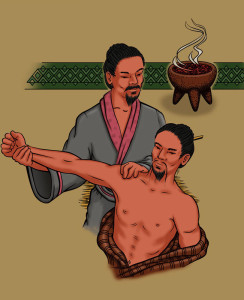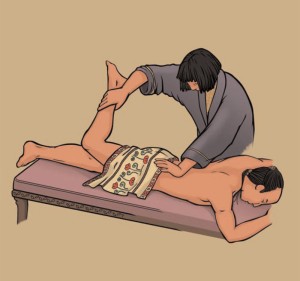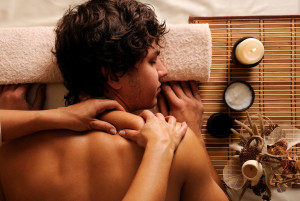 Tui na is a form of Oriental massage that has been used in China for over 2,000 years. Today, Tui na is being used as a powerful therapeutic extension of traditional western massage methods.Through the application of massage, Tui na seeks to establish a more harmonious flow of Qi through the system of channels in the body, allowing it to naturally heal itself. “Tui na” literally means “push, grasp,” referring to the manipulation of muscles, tendons, and ligaments, therefore it has many similar techniques to those of a Western massage therapist.
Tui na is a form of Oriental massage that has been used in China for over 2,000 years. Today, Tui na is being used as a powerful therapeutic extension of traditional western massage methods.Through the application of massage, Tui na seeks to establish a more harmonious flow of Qi through the system of channels in the body, allowing it to naturally heal itself. “Tui na” literally means “push, grasp,” referring to the manipulation of muscles, tendons, and ligaments, therefore it has many similar techniques to those of a Western massage therapist.
Tui na techniques include pressure, friction, and stretching to directly affect the flow of qi and to realign the bones and muscles. It is typically administered with the person fully clothed, without the application of grease or oils. Tui na’s simplicity and focus on specific problems will leave you relaxed and energized, making it both an excellent alternative or extension of traditional Swedish-style massage.


